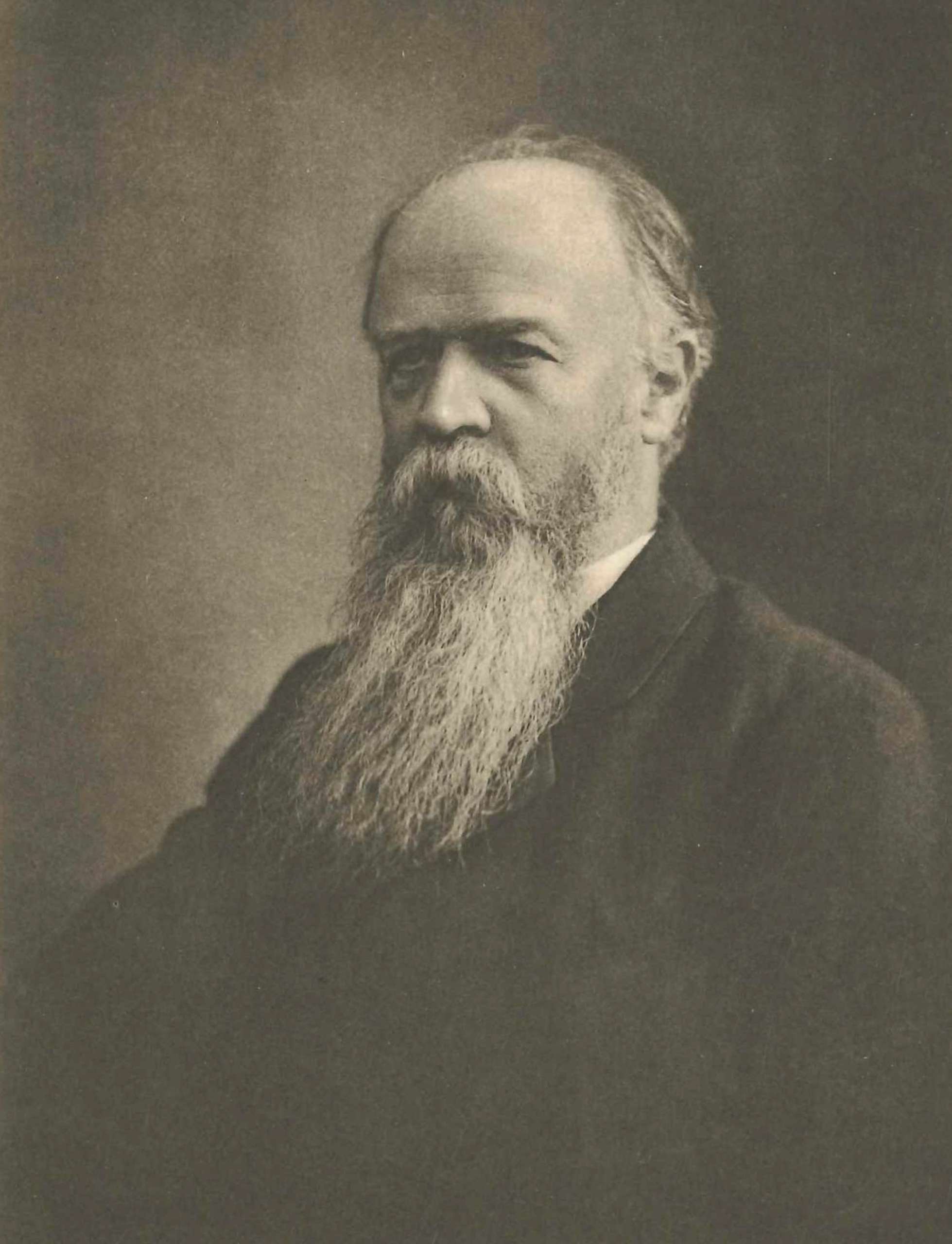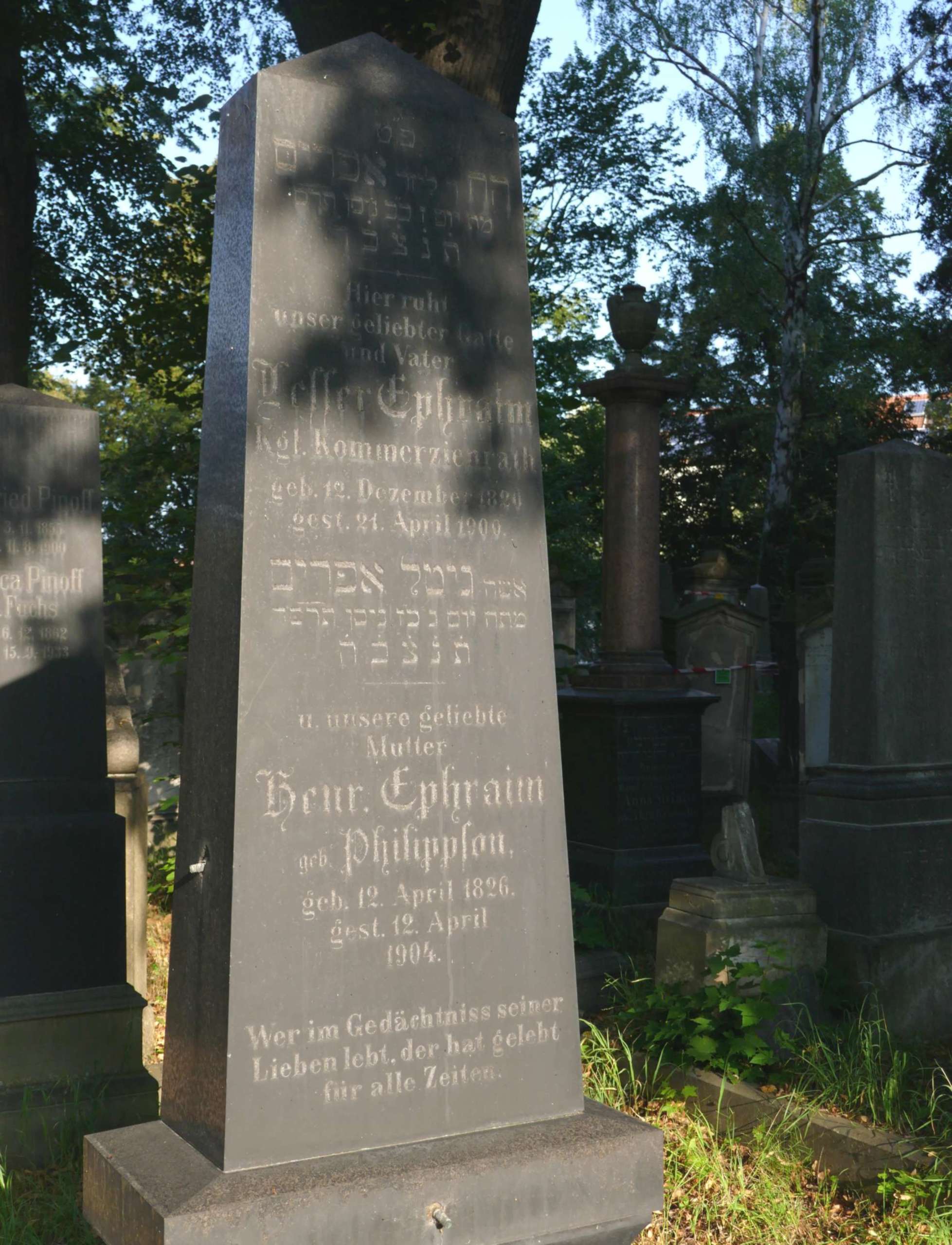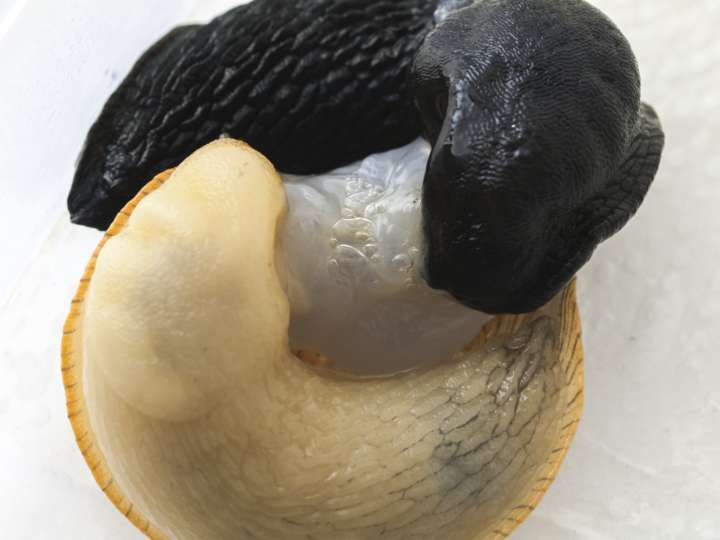History
The mollusc collection goes back to the beginnings of the Naturforschenden Gesellschaft zu Görlitz, founded in 1811 (but until 1823 an ornithological society). Already in 1827, in the first volume of the Abhandlung of the Society, a small mollusc collection was mentioned. In 1835 it consisted of 560 shells.
A significant expansion of the collection, through purchases, gifts and exchanges, began in the second half of the 19th century with the presidency of Georg von Moellendorff (1855−1861). In January 1859, the pharmacist Reinhard Peck was appointed as curator; he held this office until his death in 1895. From the 1850s, there is also evidence of malacological research in Upper Lusatia and neighbouring regions, including work by Reinhard Peck and Otto Franz von Möllendorff (at that time still a schoolboy).
The two great donors of the first period were Canon Emerich Ujhely, pastor of the Navy in Venice, and the merchant Gustav Schmidt from Ziska near Laibach (today Ljubljana). Both were corresponding members of the Society. The former repeatedly sent boxes of specimens. They were probably sea snails and mussels, which are well represented in the collection, but are mostly without collection data. In 1858 Schmidt provided a well-ordered collection of terrestrial and freshwater molluscs from Carniola (Slovenia) and later further collections. The oldest well-labelled pieces in the collection were collected around 1850 by Huet in Sicily.
460 series, mainly from the Balkan Peninsula and the Philippines, were collected by Otto Franz von Möllendorff. Also worthy of mention is the well labelled collection of Paul Sydow, from Berlin, a specialist on lichens and fungi, which was apparently handed over to the Society as a whole. For decades the museum had connections with the curator and natural-history dealer Gustav Schneider from Basel, who was also a corresponding member of the Society. Much was purchased from him, but he also donated some material, for instance 55 series of Unionidae from North America with detailed locality information.
A collection of 120 series came from Carl Friedrich Jickeli (Hermannstadt/Sibiu). The largest part (from the Red Sea) was given to the Meereskundemuseum Stralsund in 1987. In exchange, our museum received 1557 series of land molluscs from the Friedrich Borcherding Collection, which contains material from many different collectors. A series of well labelled gastropods from South America was provided by Gustav Niederlein, a German-Argentinian naturalist, and further material from the Caucasus and Egypt by Oskar Schneider, a teacher in Dresden. A collection comprising 1790 series was purchased in 1873 from the estate of the jurist Carl Edmund Lepsius, by the merchant Lesser Ephraim, a member of the Naturforschende Gesellschaft, who donated it to the museum.
Towards the end of the 19th century, reports of gifts, purchases and exchanges involving the malacological collection became rarer. During the period of high inflation, parts of the mollusc collection may have been sold. It was only after 1950 that the Museum began to promote the expansion of the mollusc collection again. Gisela Vater, who worked at the museum from 1955 to 1990, took over as Curator of the Lower Invertebrates, the most important part of which is the molluscs. Through her activity, numerous specimens of the native fauna were added and a collection of soft-bodies in alcohol was begun.





